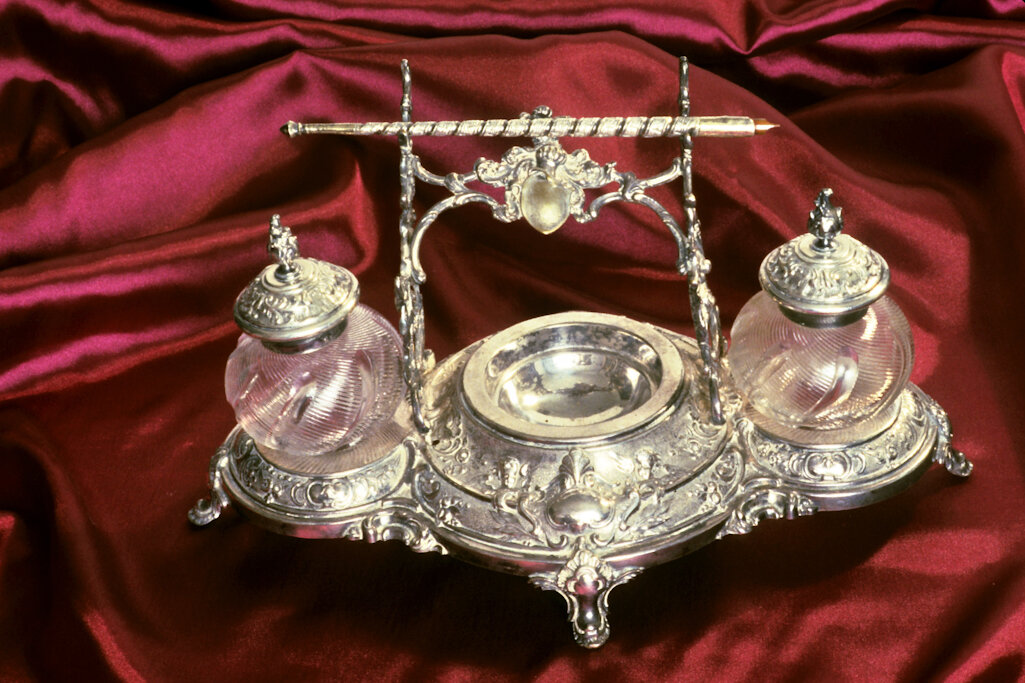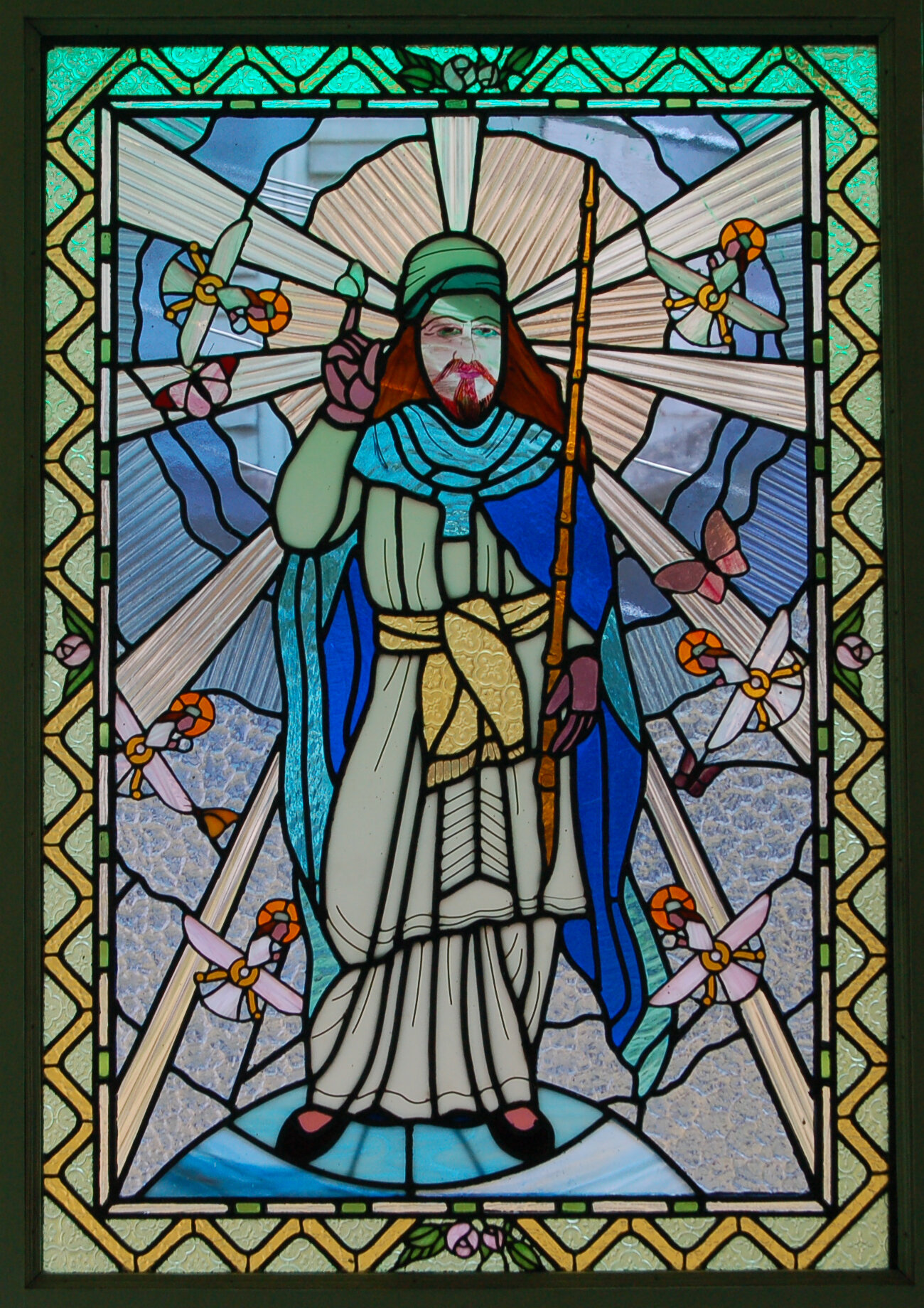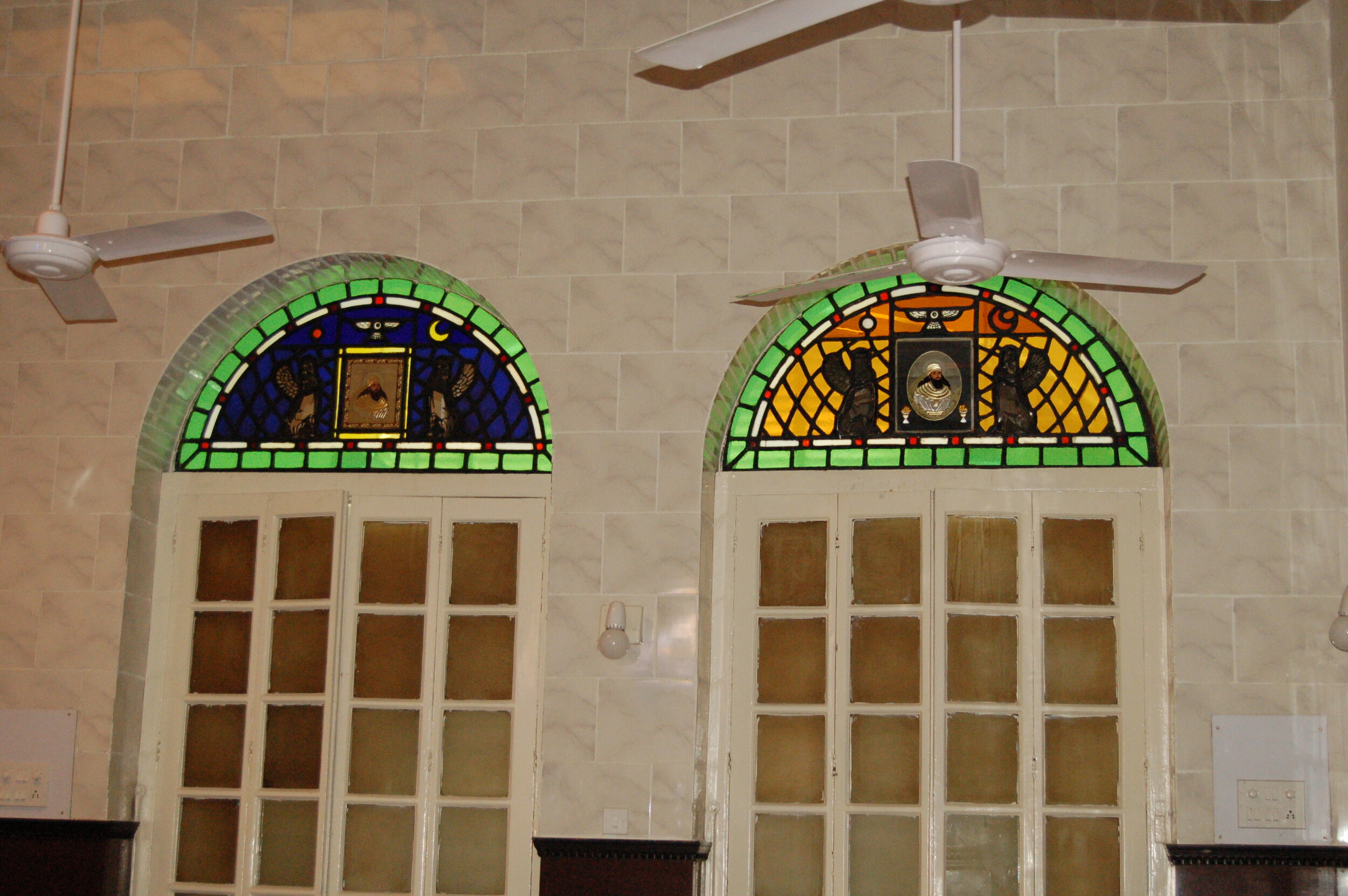
Department of Arts & Crafts
Traditional Crafts
Multiple art and craft forms contribute to the religious practice and ritual of the Parsi-Zoroastrians. Daily practices such as the Kusti, Divo, Loban, Chauk and a visit to the Agairy are carried out by Zoroastrians all over the world. There is a level of fear among-st most Zoroastrians- that the craft is on a steady decline and drastic measures should be taken for the craft to survive. The craft at one level has reached a point where the religious significance has been overshadowed by a monetary motive. Use of alternative materials in Kusti is an issue which has to be tackled. Most weavers feel that the craft will flourish only “With the will of God.” While Kusti weaving, with its roots in oral tradition, has for the first time been studied and documented in a Parzor publication, other crafts need research.
Launched on 12th October 1817, the H.M.S. Trincomalee, a 46 gun Frigate represents the last of the sailing frigates built by Master Shipbuilder Jamsetjee Bomanjee.
Ship Building
For a long time, ship-building was an important craft for the Parsis. In the process of their settlement in Gujarat, Parsis took up many occupations, carpentry and ship-building chief among-st these especially in and around Surat.
The community's links with the British had begun in the 1600s, when the British recognized the Parsis as master ship-builders- they could build ships based on English models with unrivaled precision. The Wadias were known for their skill as master ship-builders before diversifying into other businesses. The Parsis of the Wadia family had proved that they could repair battle ships, and soon became the primary ship builders for the British, in Surat and in Bombay. These ships were known for their longevity among-st seafarers who visited Surat.
Frigates built in Surat also fought in the Battle of Trafalgar. The oldest ship afloat in the world today is a legacy of this Surti craft.
Furniture and Other Woodwork
The Parsi skill of woodwork is evident when one observes the furniture in a traditional Parsi home, especially in Gujarat. Earlier the woodwork of most Parsi homes consisted of customised designs usually executed by Parsi carpenters. Most furniture pieces were made of Burma teakwood.
The history of Parsi furniture with its distinctive carvings again shows cross-cultural links. An amalgam of South Indian rosewood carving techniques with Chinese, Portuguese and Gujarati wooden designs, this distinctive art form and detailed carving method needs historical study and research. Parsi homes still contain distinctive furniture with glazed tiles, which reveal Iranian links. Much of this furniture is in need of restoration as well as protection to prevent it being taken out of this country.
"Sunburst" partition, Begumvadi, Bharuch.
In the Gazetteer of Bombay Presidency, 1877, ten Parsi families are counted as working in the craft, along with several Hindu families. A Catalogue shows us Framjee Pestonjee Bhumgara’s stall at the Universal exhibition, Paris, 1855, as well as gives us the names of some of the designs. While the origins of this craft were forgotten, the names of the designs have remained in memory, and in carved objects in wood for example Kharodia (spider flower), Surajmukhi (sunface or sunburst), Dora (thread), phul (border of flowers), ek dana (border of seeds) etc. The Suraj Mukhi was one of the most popular designs in Parsi cupboards, occasionally accompanied by a portrait of Prophet Zarathushtra in wood.
In carpentry, Parsis, especially the Surtis, also practised the craft of marquetry or what is locally known as Sadeli work. Sadeli refers to a decorative technique that commonly uses geometric patterns. This craft is said to have been brought to India from Persia by the Parsis. Sadeli work is a type of micro-mosaic and sandalwood carving coming together to create a line of Pettigara craftsmanship. The Pettigara petis were intricately carved, sometimes with stories from the Indian epics, as well as the Shahnameh. When we look at the inlay and marquetry work of Iran and Syria, one can trace a thread of continuity in this craft from very ancient times. In Persia, camel bone was used instead of the ivory and later deer horn chips, used in the Indian inlay tradition. In Iran, brass was used in the making of these boxes, while India used silver and later tin.
The entire Pettigara tradition stretches from Surat to Bombay, areas which were Parsi settlements. Parsis who trained artisans to execute Sadeli and sandalwood carving principally owned Sadeli workshops. These boxes were exported to Europe in considerable quantities; the Catalogue of the Vienna Universal Exhibition of 1873 mentions that a handful of Sadeli boxmakers brought over 750 examples of their work, while in London, at Liberty & Co., these were advertised in their Catalogues of 1884 and 1898. The names of the contributors to the Vienna Exhibition include Framjee Heerje, Rustomjee Cavusjee, Framjee Partonjee, Vasujee Munchurjee, Framjee Heerjebhoy, Jemshetjee Shapoorjee and Damodhus Manek. Over the years it was picked up by their Hindu brethren and some of them, like Parsis, took on their surnames from their profession of making petis in this fashion and, like their Parsi teachers, came to be known as Pettigaras.
Silver
Silver symbolizes purity in the Zoroastrian tradition and is a part of all auspicious and sacred occasions from birth onward. Even in death the silver Muktad vases commemorate the soul. The embossed patterns with floral motifs and central rosettes are a common feature on silver vases and bowls. Interestingly, these may have been the case for as far back as two thousand years ago- silver bowls found in archaeological digs of the Achaeminian period bear such stylistic similarities.
Mr. Dossabhai Minocher Shroff's silver shop in Mumbai, established in 1894, continues to supply silver articles for Parsi traditional uses.
Silver rattles, whistles and enameled silver toys are traditional gifts for children at their birth. Silver frame, dresser sets and silver vases are commonly gifted on one's Navjote or initiation into the Zoroastrian faith.
As per Parsi tradition, every woman carries a silver Ses, gifted by her father into her married home to invoke the blessings of all creation. The round silver tray carried by each woman with her father's name inscribed on it symbolizes the family, united in affection, as the holiest of all institutions. This round plate stands also for unity, and brings together within its sacred circle Fire, Water, Plant and Animal Life represented in silver- the sacred metal.
Muktad Vases
Stained Glass
Painting on glass developed in Europe in the Middle Ages, and came to the Parsis via China, and it is often used in the depiction of epic heroes from the Shahnameh - a brilliant example showing the coming together of multiple cultural traditions. In India, the craft of stained glass was practised, from the end of the 18th century until the end of the 19th century, in Satara and Poona, under the Bombay Presidency. Later in the 19th century, stained glass portraits of the Parsi nobility and Prophet Zarathushtra began to be found in homes, libraries and Agiaries across India.
The Italian stained glass portrait of the Prophet in the Tata Agiary at Bandra, Mumbai is among the finest examples of this craft.
Clock Making
Parsis historically excelled in the craft of clock & watch making, and repair. In 1744 Dhanjishaw of Surat was summoned to Delhi by the Emperor to repair a clock; upon his success, he was given the title “Neksatkhan”, Lord of the Auspicious Hour Clock.
The title Taleyarkahn also comes from this professional craft. Several Parsi firms, notably Pundole & Sons, were established and have continued to practice the craft of horology for over a century.
Related Articles






































